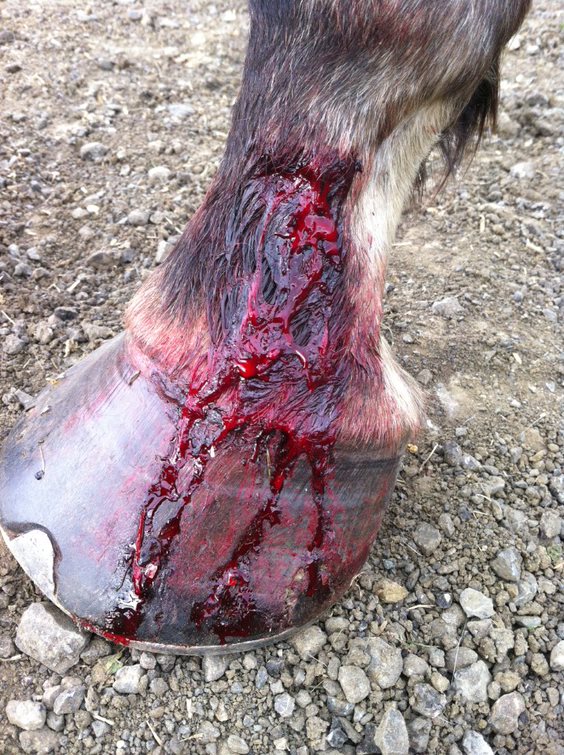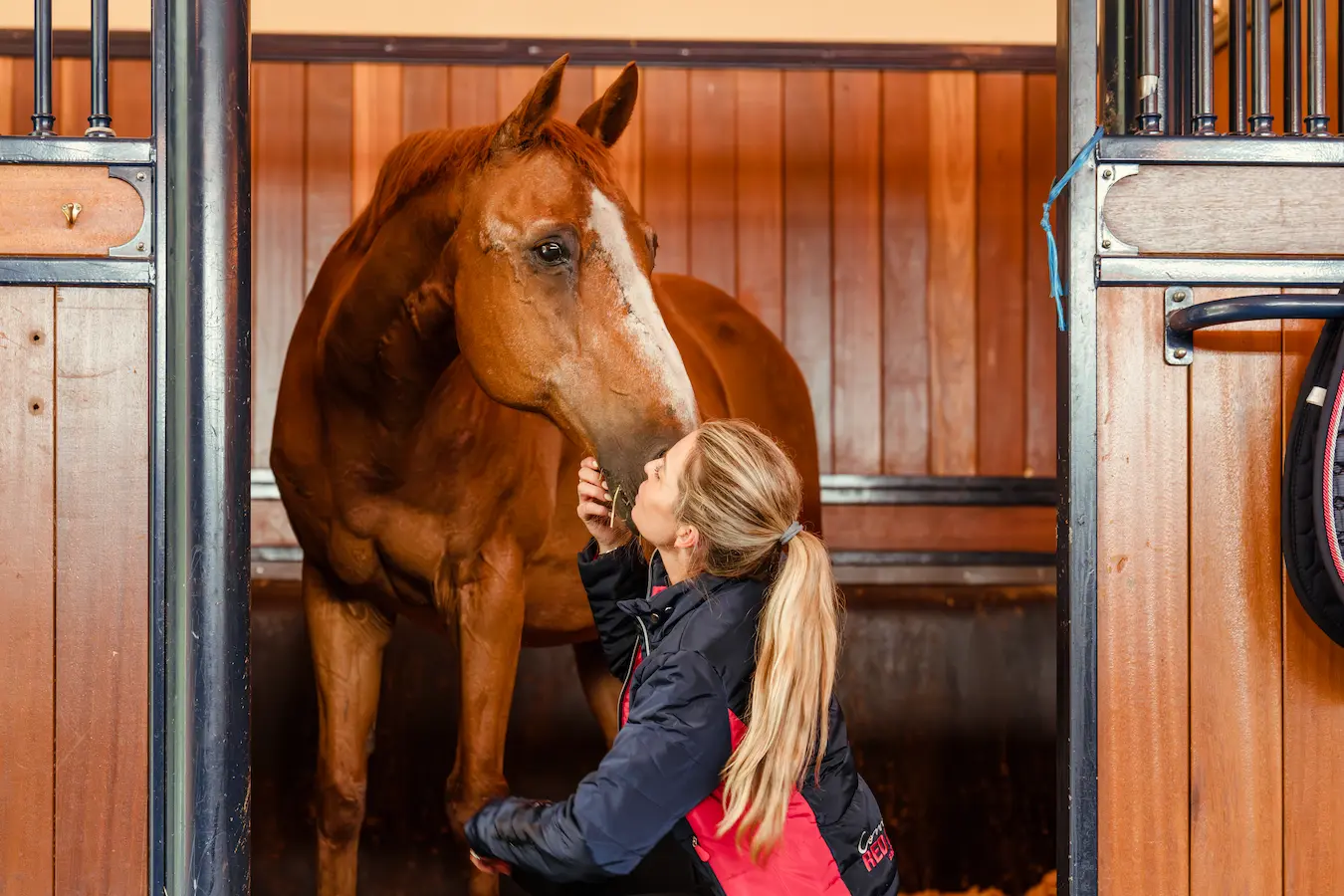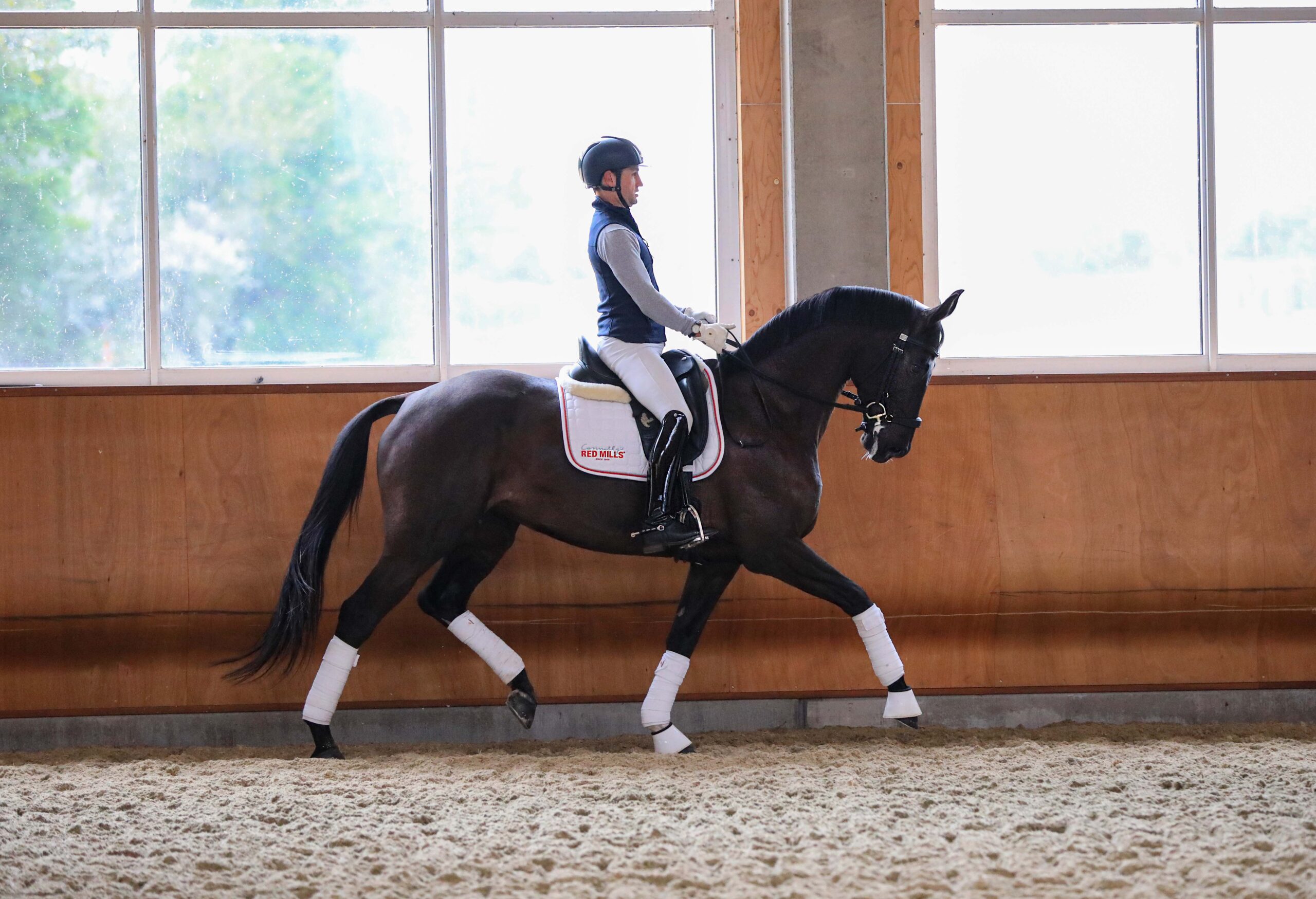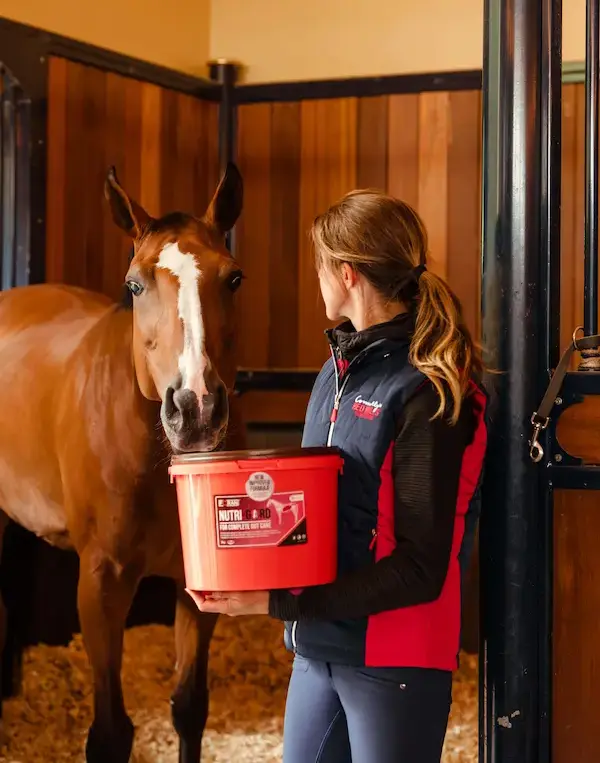
First Aid for Horses
In the world of equine care, wounds are a common occurrence, and it’s almost inevitable that you’ll encounter one at some point. Proper wound management is crucial in creating an optimal environment for healing and facilitating a speedy recovery.
Why Consulting Your Vet is Vital When Your Horse Has a Wound
Horses have an uncanny knack for finding inventive ways to injure themselves, whether it’s running into gates or stumbling upon the only sharp object in their yard. Regardless of the cause of the wound, it’s imperative to reach out to your veterinarian for the best course of treatment.
Factors Influencing Wound Healing in Horses
While it’s not possible to accelerate wound healing in horses, understanding the key factors that impact the healing process and employing appropriate wound management strategies can enhance recovery. Here are the significant factors to consider:
1. Wound Location
The location of the wound often dictates the practical approach to optimize healing. Leg wounds, for instance, can be bandaged but usually require immobilization since the skin in this area doesn’t contract effectively. Leg wounds occurring over joints or areas of movement can be challenging to immobilize adequately and may not be suitable for stitching. Wounds on the chest, although not easily bandaged, often have loose skin that can be readily stitched.
2. Wound Type
The depth and type of wound are crucial factors influencing the healing process. Wounds can be broadly categorized into four types:
– Abrasions: These are generally superficial and mild, often healing quickly without stitches or bandaging.
– Puncture Wounds: Deceptive in nature, they may not appear severe on the surface, but underlying tissues can be damaged, and infection is a potential concern. Encouraging drainage is essential.
– Slicing Wounds: These typically have smooth edges that can be aligned, making them suitable for stitching.
– Lacerations: These wounds usually have rough edges, and there may be damage to underlying tissues. They are often best managed as open wounds.
3. Blood Supply to the Wound
Every healing wound relies on a blood supply to transport the necessary nutrients for recovery. Wounds in areas with poor blood circulation may take longer to heal. In some cases, a wound may be so extensive that it has damaged the blood vessels supplying the injured area, resulting in delayed healing until these vessels recover.
4. Wound Contamination
Wounds can become contaminated by foreign objects or bacteria. Failure to eliminate contamination can lead to delayed or non-healing. To ensure proper healing, foreign objects must be removed, and the wound should be flushed to minimize bacterial contamination. Your veterinarian may recommend antibiotics if infection is suspected.
Supporting a Horse with a Wound
Always adhere to your veterinarian’s advice on managing your horse’s wounds. Typically, horses will require a period of rest and may need to be stabled and bandaged. Remember that during this time, your horse’s routine may change, impacting their digestive tract and overall well-being. Addressing these changes is a vital part of supporting their recovery.
Wound First Aid Tips:
– Ensure it’s safe to approach your horse.
– Calm and restrain your horse.
– Contact your veterinary surgeon and follow their advice.
– Cold hose the wounded area with clean, fresh water from a low-pressure hose for at least 10 minutes.
– Apply a clean pressure bandage to actively bleeding wounds until your vet arrives (avoid using a tourniquet).
Wound Bandaging Tips (Light Bandage):
– Restrain your horse.
– Ensure the leg for bandaging is clean and dry.
– Have clean, dry bandage materials ready.
– Treat the wound as recommended by your vet.
– Apply a non-stick dressing directly to the wound (or use a dressing provided by your vet).
– Surround the leg with one-inch-deep cotton-wool padding (avoid wrinkles in this layer).
– Use a cohesive bandage to secure the cotton padding in place.
– Tip: Start at the mid-height on the inside of the leg and unroll from front to back.
– Tip: Overlap successive layers of cohesive bandage by half the thickness of the bandage.
– Ensure the cohesive bandage isn’t too tight.
– Tip: One finger should fit easily between the cohesive bandage and cotton padding.
– Leave half an inch of free cotton padding at the top and bottom of the bandage.
– Replace the bandage every three days or more frequently if advised by your vet or due to the wound’s exudate.
If you lack confidence in bandaging, seek assistance from someone more experienced or ask your vet to demonstrate the proper technique. Poorly applied bandages can delay wound healing and lead to additional complications.
It’s crucial to consult your vet for any questions or concerns regarding your horse’s wounds, as they are always ready to provide advice.

Contact our sales team via WhatsApp or email

Nicolas Gaumerais
Group Commercial Manager GCC Region
Based in the UAE, Nicolas Gaumerais is the Commercial Manager of the Connolly's RED MILLS Group which includes Foran Equine supplements and Connolly's RED MILLS horse feed in the GCC region. Nicholas regularly travels across the Gulf.











